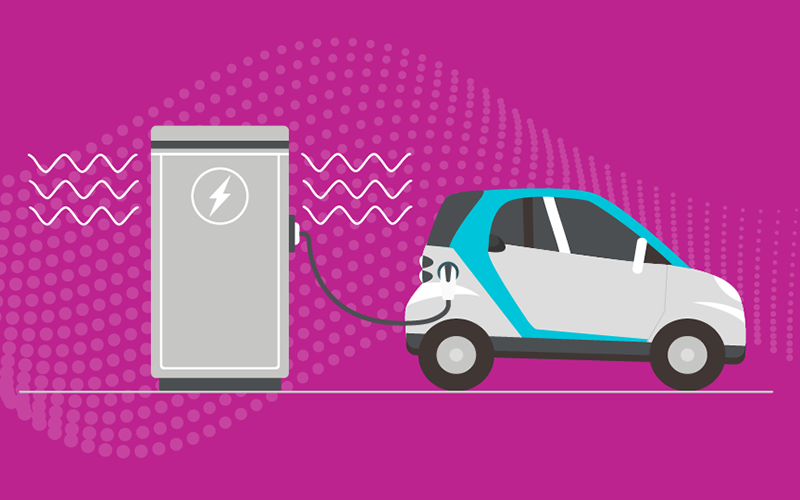While electric vehicles have existed as long as gas vehicles, they have only become mainstream over the last few years. With significant improvements in electric vehicle technology and large amounts of government support, the demand growth of electric vehicles has been on a stratospheric trajectory. The EU’s 2035 ban of internal combustion vehicles and 2025 requirement for fast EV charging stations every 60 kilometres is simply one indicator of this expected demand increase. As EV’s become the predominant form of transportation, battery range and even faster charging will become a crucial part of the ability for the world economy to function. The improvements of these EV charging systems will require technological evolution in multiple areas, including thermal management.
Difference between AC and DC electric vehicle chargers
As the desire for faster chargers grows, there have been small changes and large changes in approach. One change has been a shift toward DC chargers, which can be a confusing term as all battery systems operate with DC electricity. However, the important distinction for these systems is that the rectification of power from AC to DC occurs in different places. The stereotypical AC charger, as seen most often in residential applications, is a glorified connector that communicates, filters, and controls the flow of AC power to the vehicle, where an onboard DC charger then rectifies the power and charges the batteries. In contrast, a DC charger performs the rectification before passing the power to the vehicle as a high voltage DC source.
You can read the full blog, Thermal management for next-generation EV charging, on the Same Sky website.




